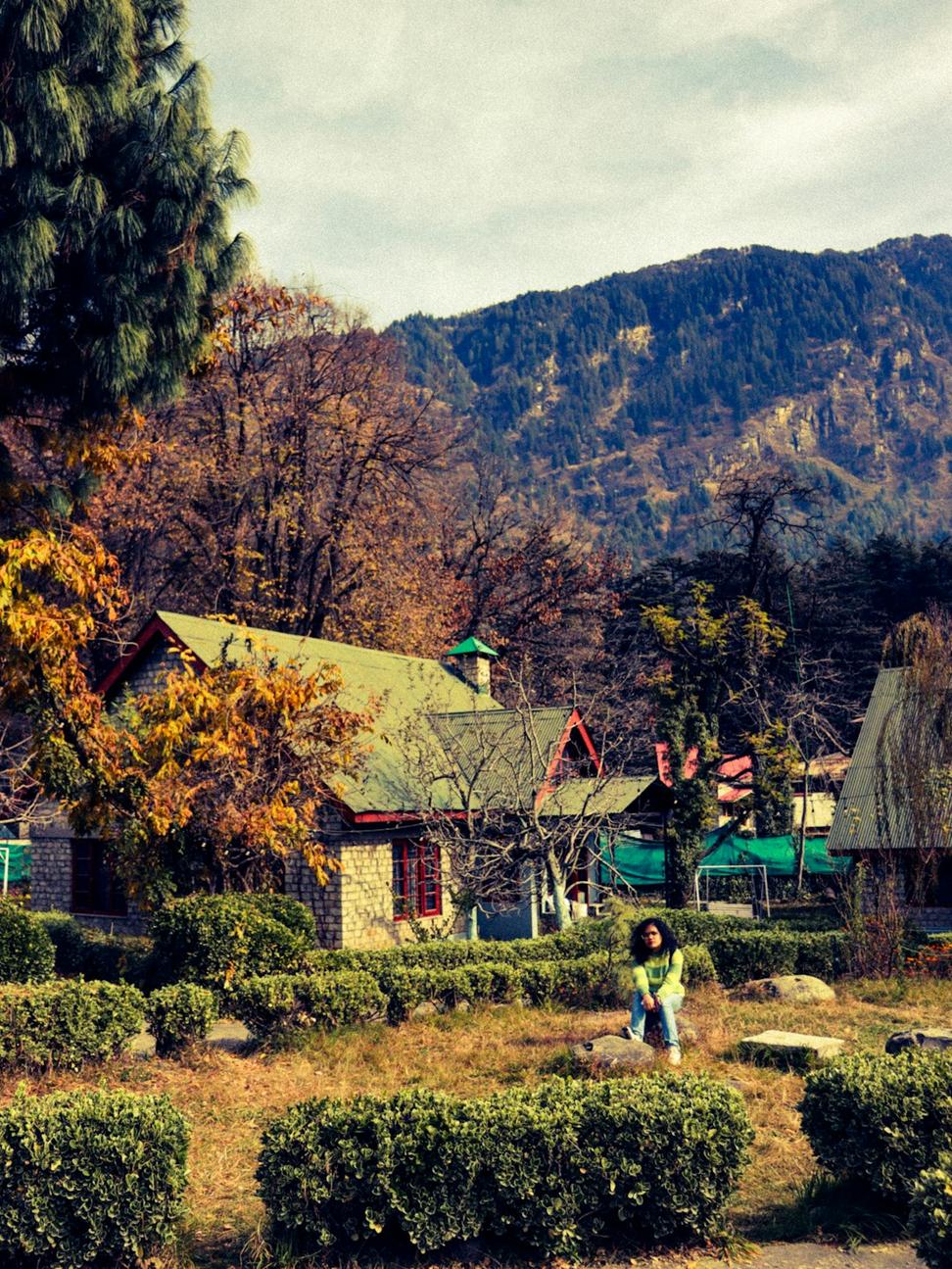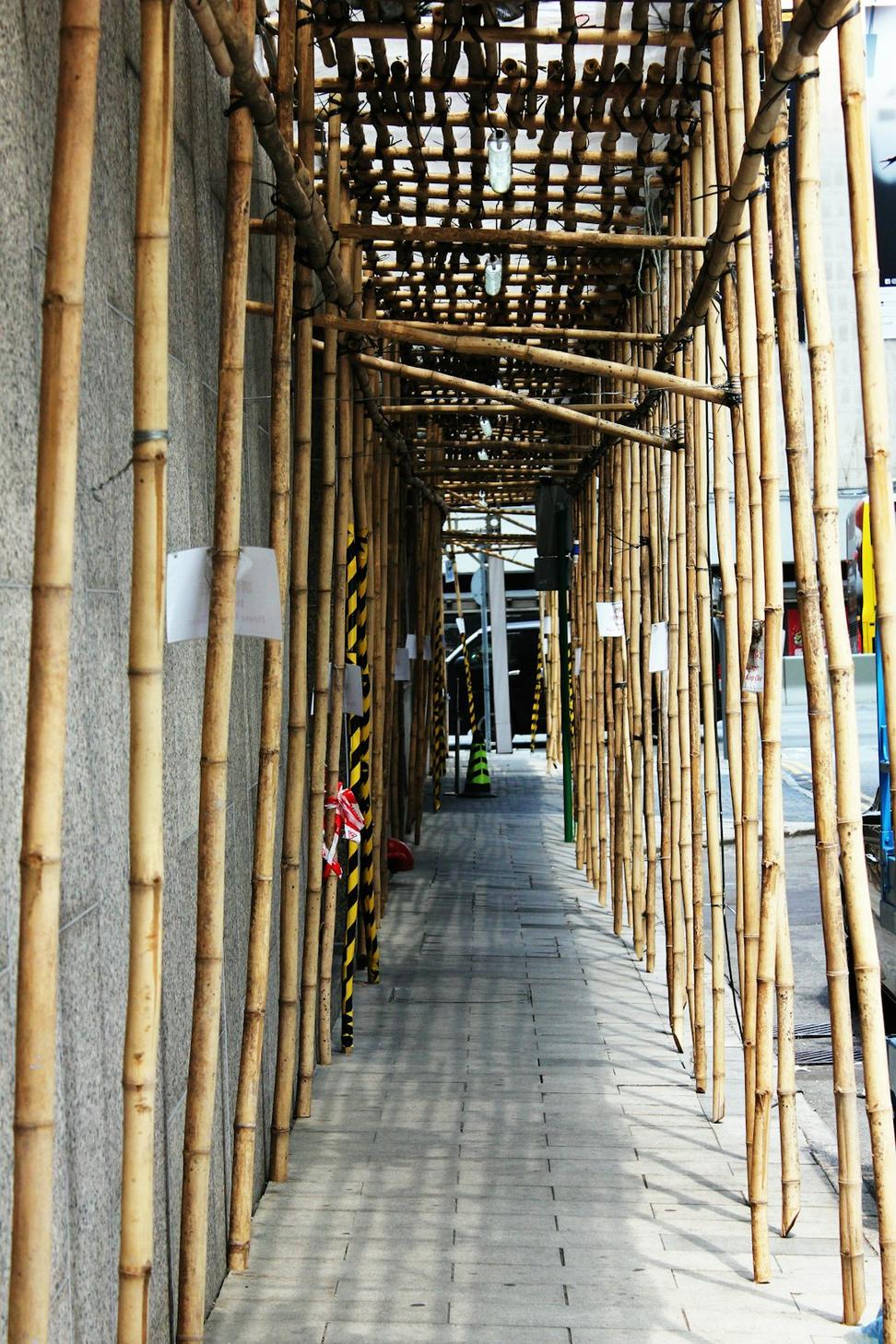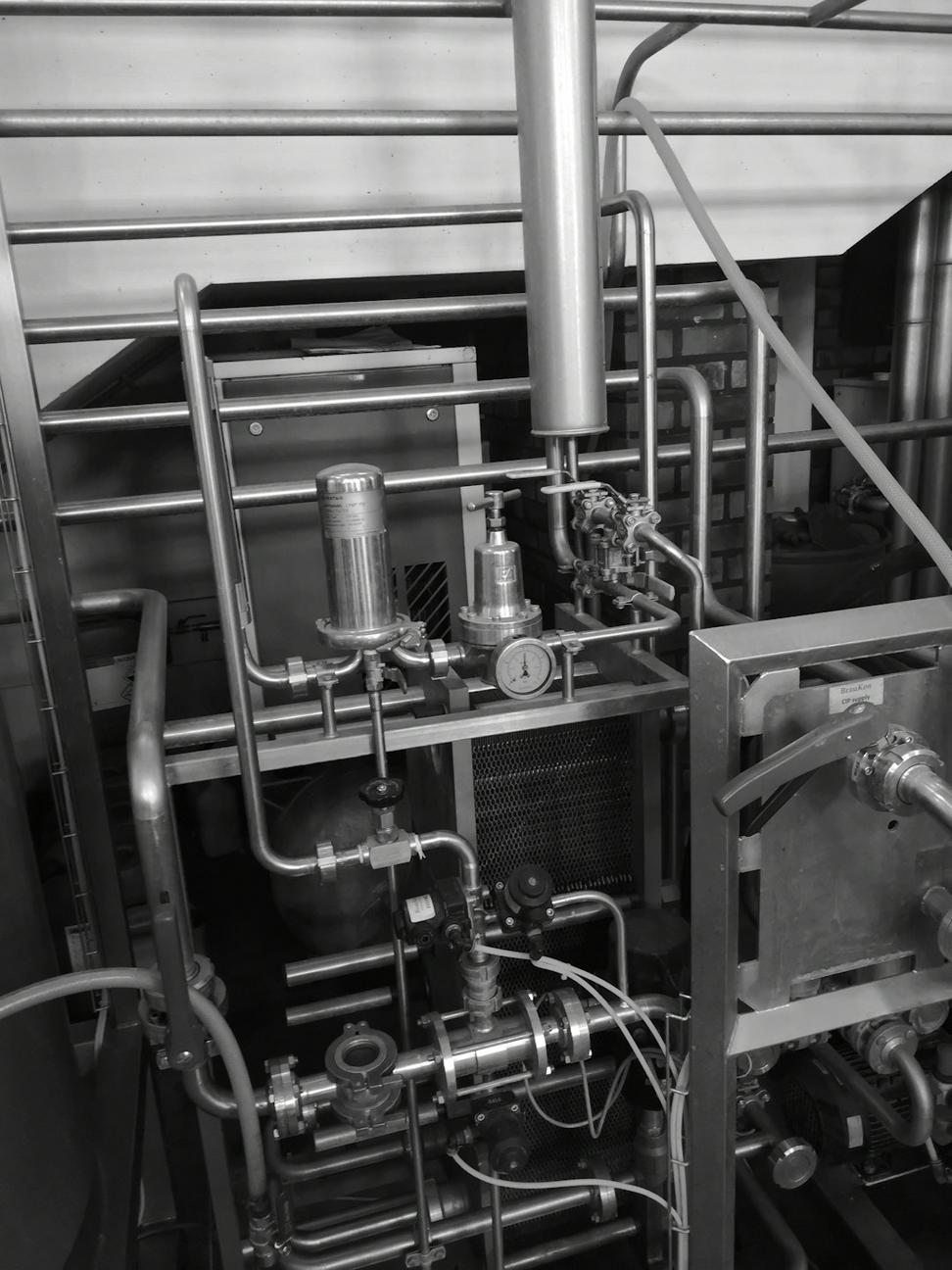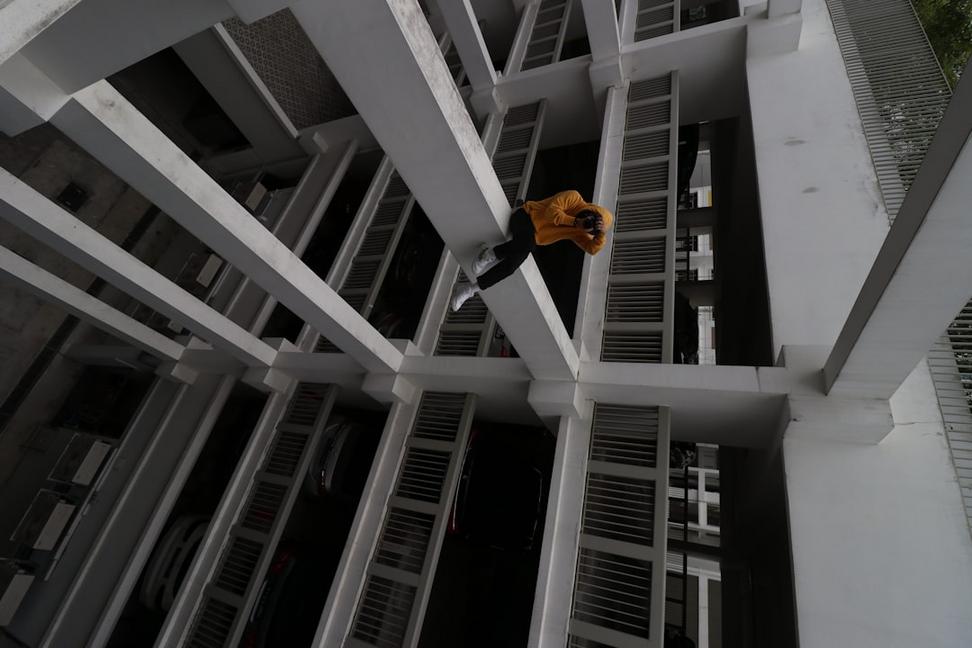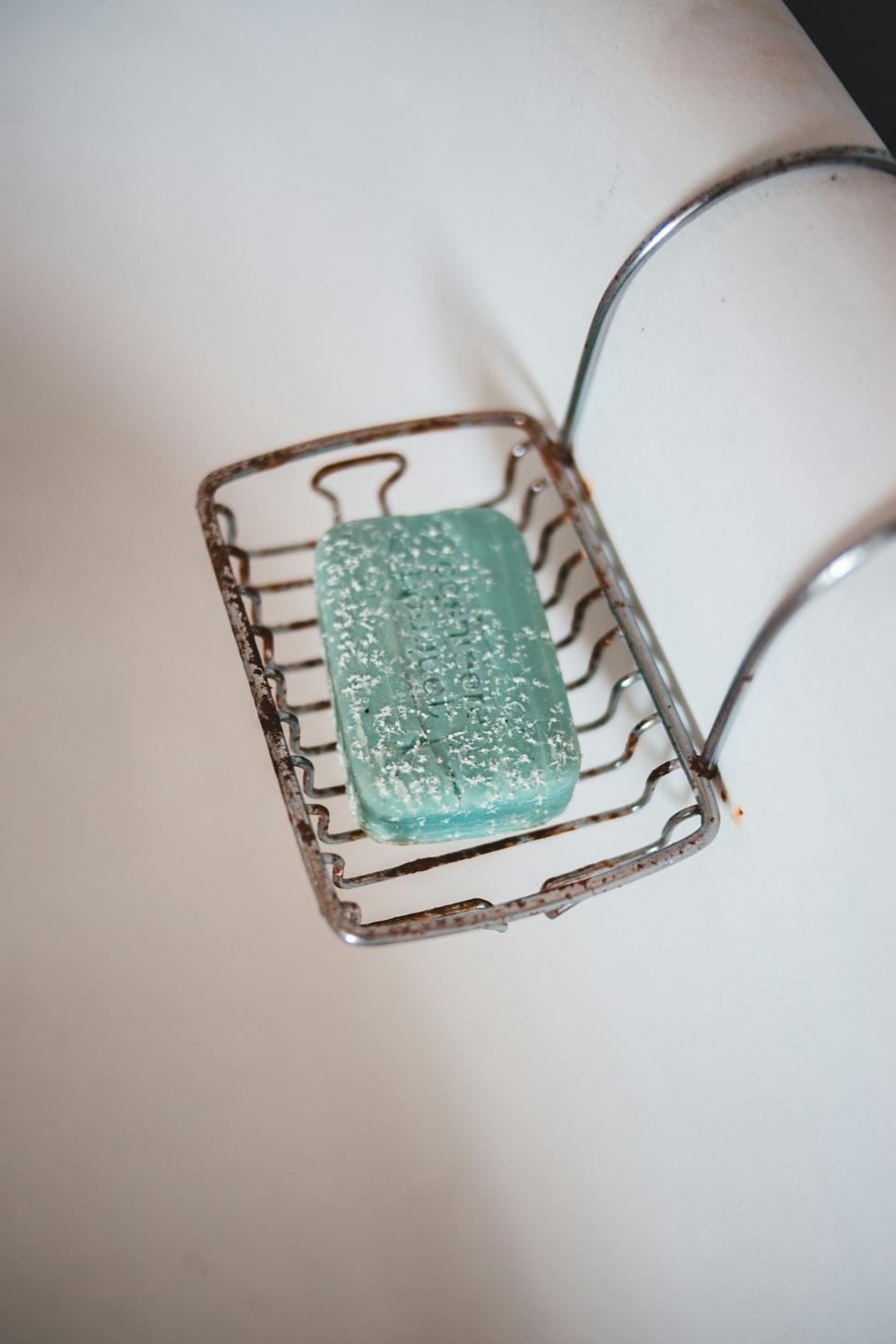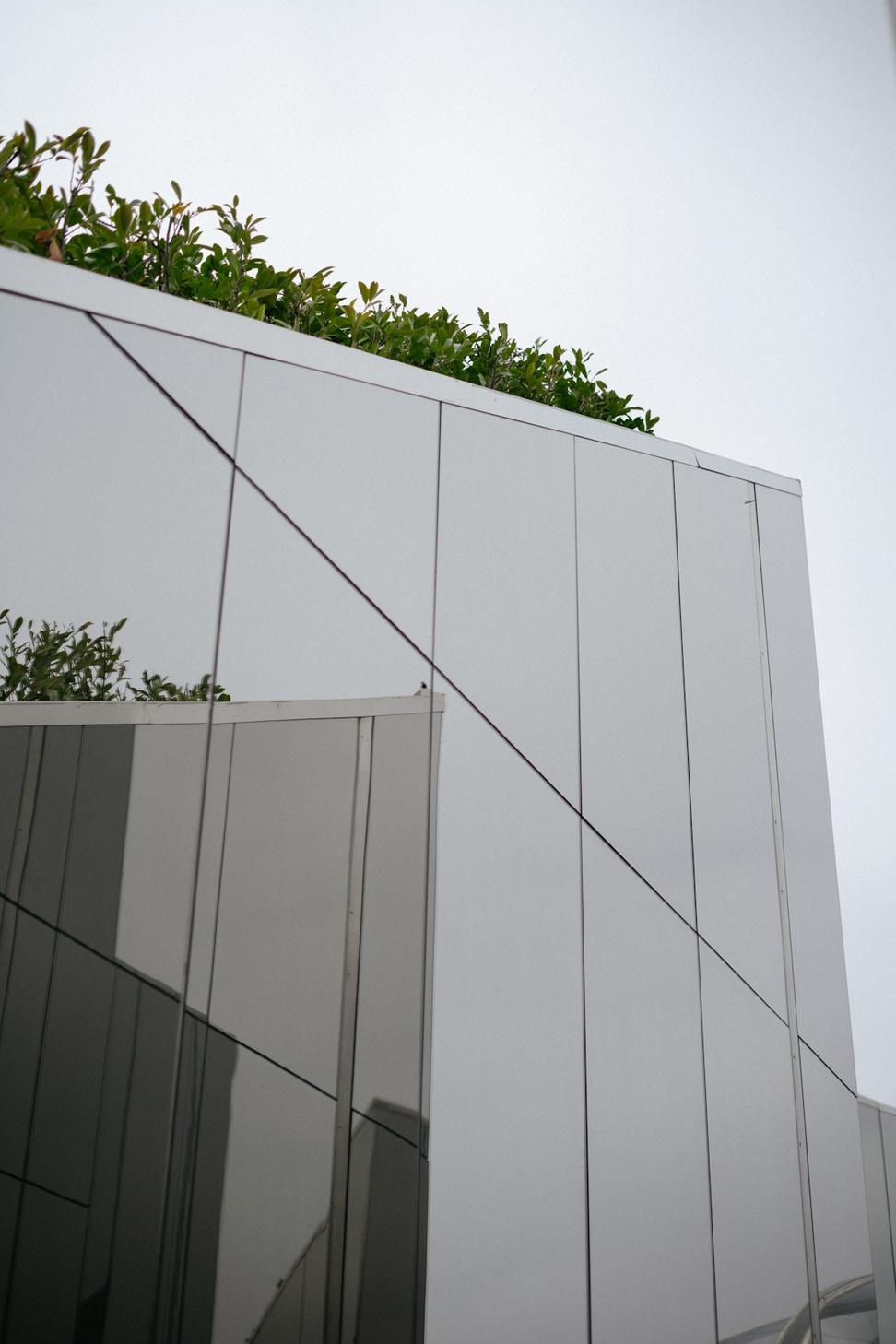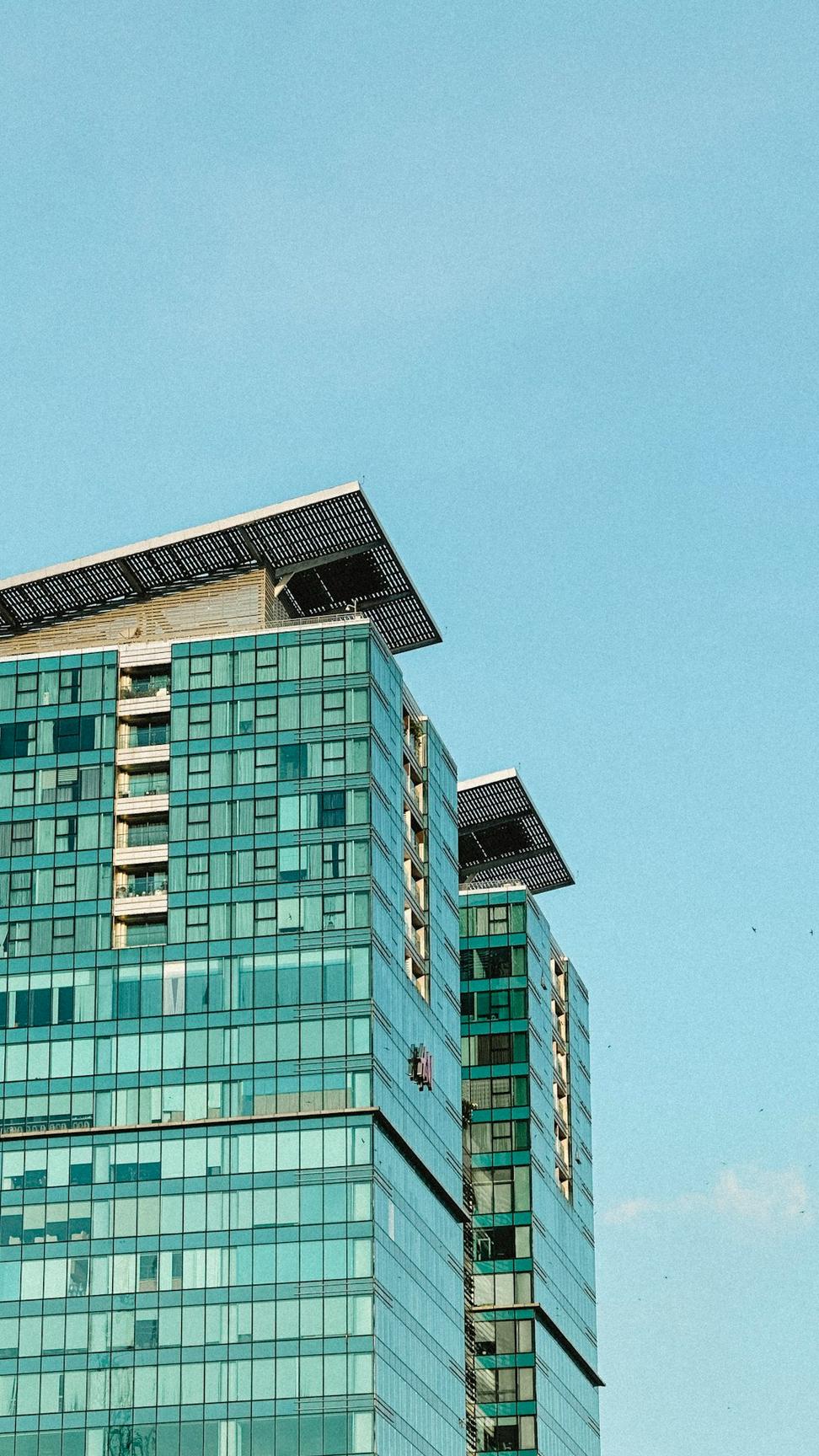
The Numbers Don't Lie
Core Principles We Live By
Passive Design First
Before throwing solar panels at everything, we think about orientation, natural ventilation, thermal mass. Basic stuff that somehow got forgotten in the race to look futuristic.
Material Honesty
We're obsessed with where stuff comes from. Local sourcing when possible, reclaimed materials when it makes sense, and always asking if there's a lower-carbon alternative.
Water Wisdom
Rainwater harvesting, greywater systems, drought-tolerant landscaping. Toronto's getting wetter winters and drier summers - we design for that reality.
Adaptive Reuse
The greenest building is often the one that already exists. We've done some of our best work transforming old warehouses and heritage buildings instead of demolishing them.
